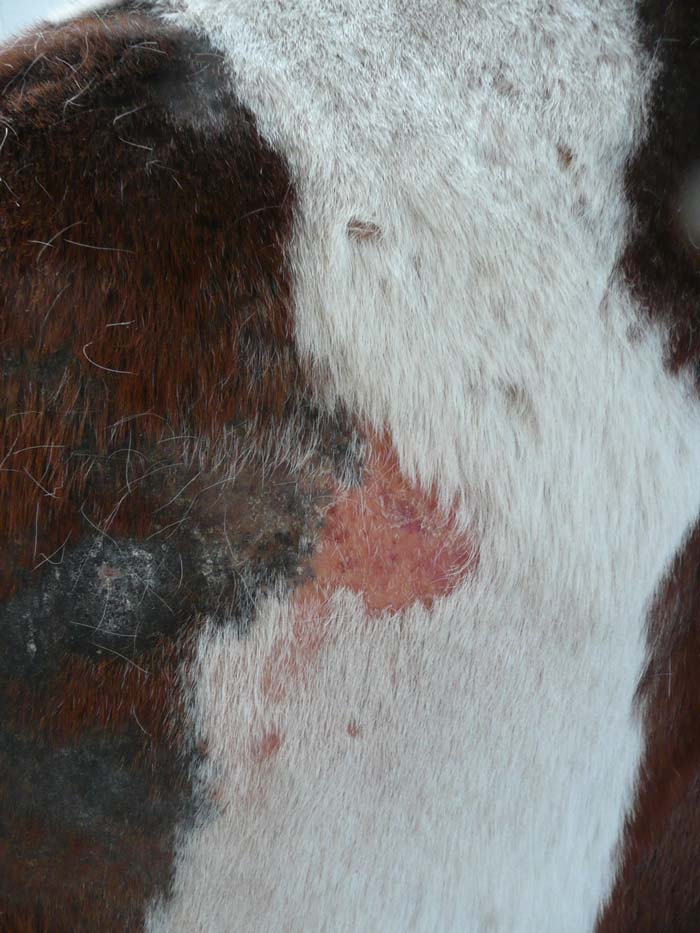21 Jul 2020
Lower volume of anthelmintic use could be contributing to an increase in the amount of parasitic disease seen in horses, according to dermatology specialist Sue Paterson.

A leading dermatologist has warned that a reduction in the use of wormers in horses means some parasitic diseases are becoming more prevalent.

Vets have come under increasing pressure to reduce anthelmintic use, but while a return to the indiscriminate use of anthelmintics is inconceivable, Sue Paterson believes skin problems must be treated using suitable veterinary advice.
Dr Paterson said: “Overuse of some drugs, such as equine wormers, has inadvertently treated problems such as parasitic skin disease, but these may now be unmasked with a reduction in anthelmintic usage.”
Dr Paterson, who founded the telemedicine company Virtual Vet Derms in 2018, said the firm had seen a persistent increase in enquiries about equine parasitic skin diseases during the past two years.
Dr Paterson added: “This escalation seems to coincide with the increase in use of faecal worm egg counts, rather than outmoded routine worming.
“Diseases such as sarcoptic mange, which is carried by foxes, and chorioptic mange appear to be more prevalent, yet market research shows that, in many cases, a visit to the vet is a last resort and people go to Dr Google or Facebook first, which is worrying.”